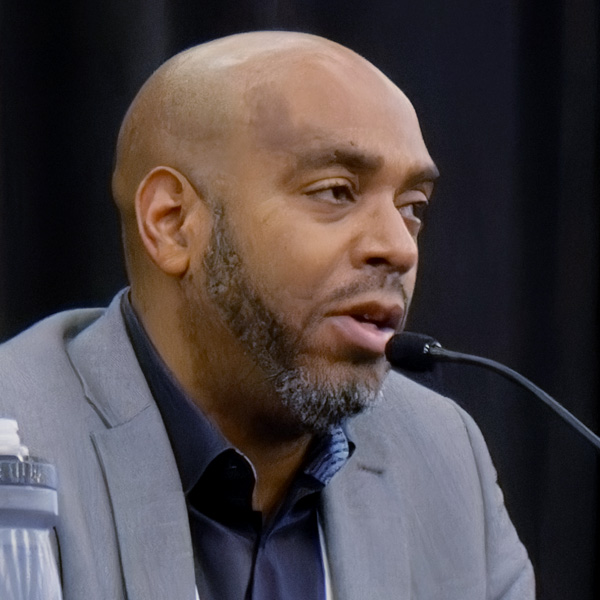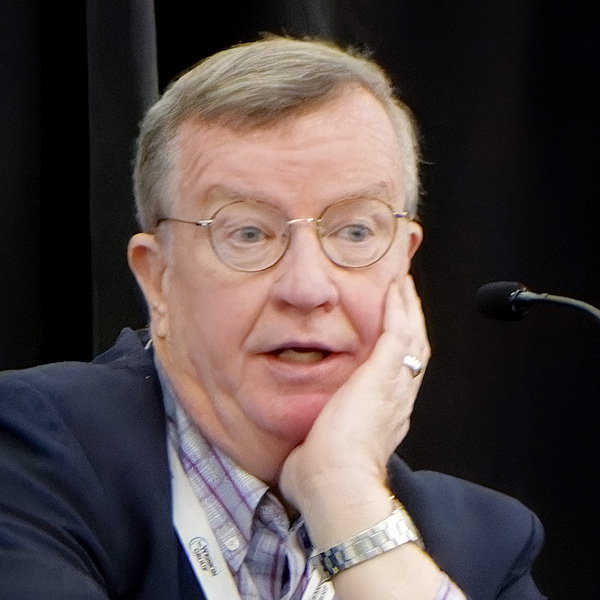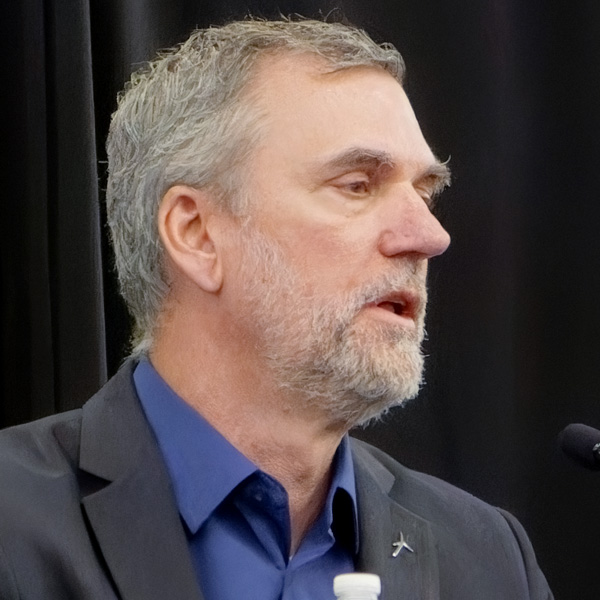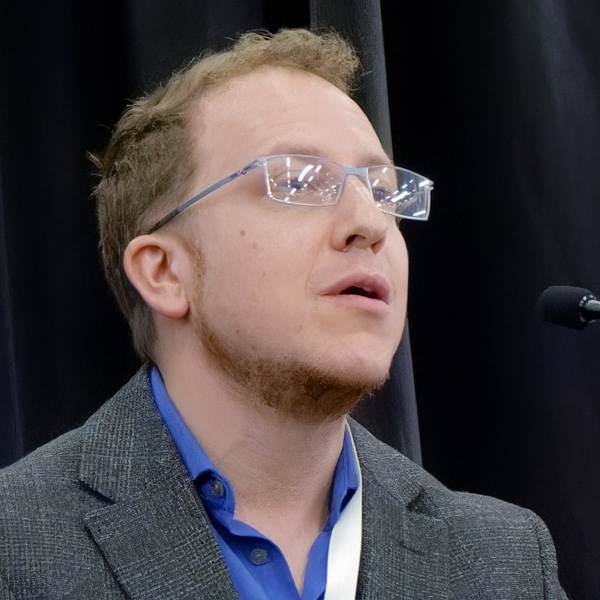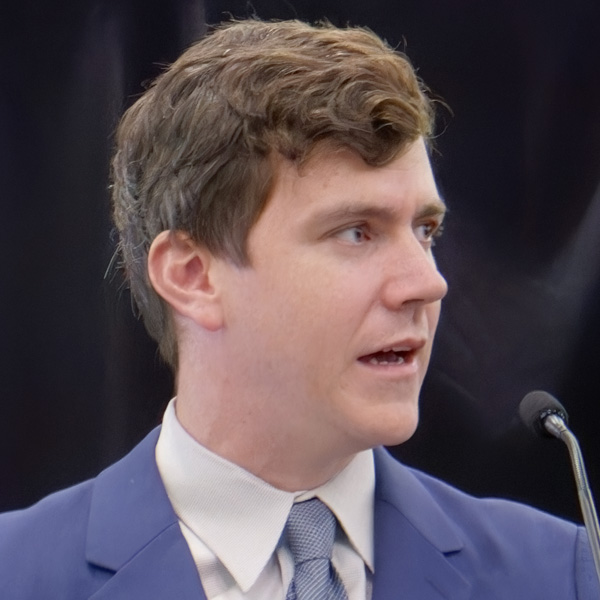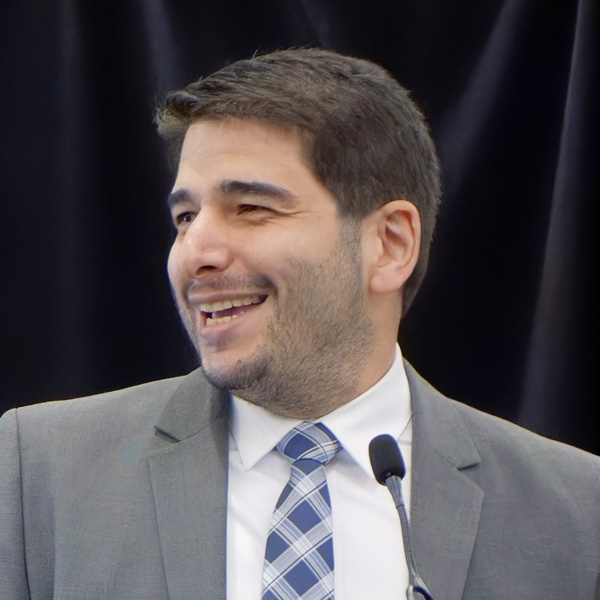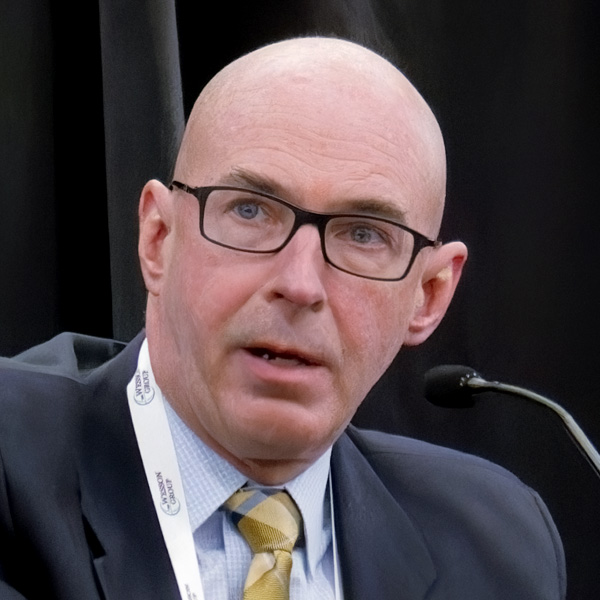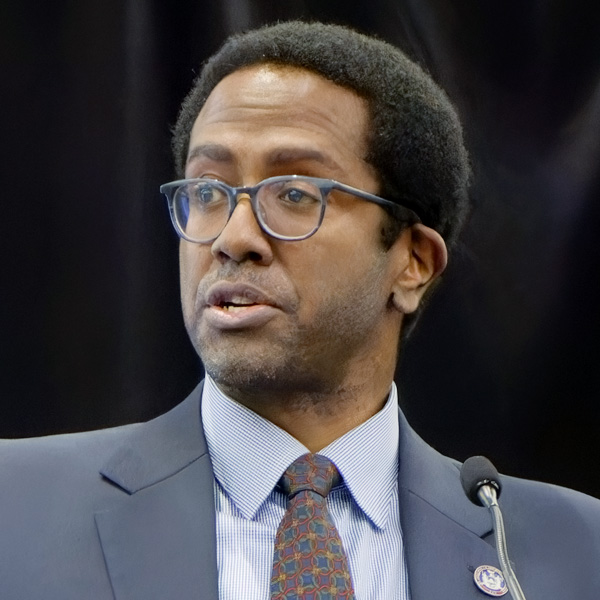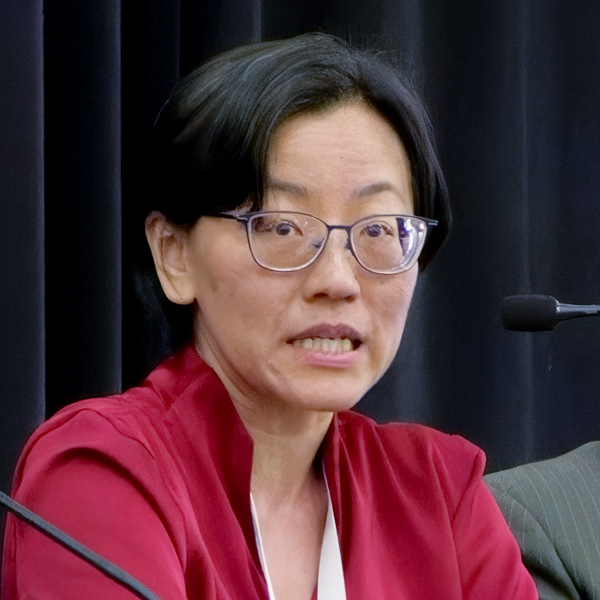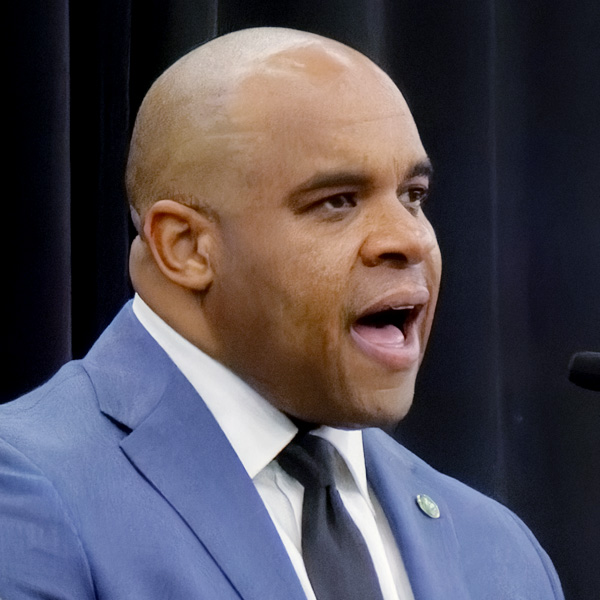ALBANY, N.Y. — Industry speakers at the 2024 New York Energy Summit told attendees the state has already missed its goal of 70% renewable energy by 2030 even as state officials maintained their optimism.
Attendees at the Infocast event April 8-10 keyed on New York having some of the nation’s highest clean energy targets and a tough environment for reaching those milestones, which includes 100% zero-emissions electricity by 2040.
Less often mentioned is that the state is starting from a low baseline, has not estimated cost or fully identified a source of funding for the transition, pledges to give full consideration at every step to fractious stakeholders and has a constitution that empowers local governments to slow or block progress.
This dichotomy was a frequent point of discussion at the three-day event.
State officials at the summit spoke of the importance of the looming 70-by-30 milepost, but not about the likelihood of reaching it.
Private-sector attendees were not so reticent.
Timothy McClive, director of energy policy and regulation at Central Hudson Gas & Electric, pointed to the math.
“Renewable has to go from 25% currently up to 70%,” he said. “That would require about a 90 to 95% reduction in the amount of power coming out of gas and oil plants by 2030. That is a huge lift.”
At the start of a discussion on ramping up onshore wind and solar development, one panelist after another said 70-by-30 is out of reach.
“We won’t hit it,” said Paul Curran, chief development officer of CleanCapital, “but I don’t think that’s a bad thing, because we’ll have a goal, and the goal is aspirational.”
“The resource that we don’t have a lot of right now is time — we’re out of time. Everybody is just managing time, and we’re not doing it very effectively right now,” said Keith Silliman, chair of the Alliance for Clean Energy New York’s board.
“I don’t think we have a large enough labor pool to build that many megawatts in the six construction seasons we have left, and there’s not enough transmission capacity,” said Stephane Desdunes, vice president of grid-scale power development at EDF Renewables North America. He predicted the state would be able to contract the renewables by 2030 but not get them built by then.
But time is not the only hurdle.
“There are a lot of issues in New York that we have not thoroughly thought out on this clean energy transition,” said Gavin Donohue, CEO of the Independent Power Producers of New York (IPPNY), whose members provide more than 75% of in-state power generation.
John O’Leary, the state’s deputy secretary for energy and environment, acknowledged industrywide challenges. Contracts totaling more than 10 GW of renewable capacity were canceled in New York as the terms became untenable in 2023. But the projects themselves were not canceled, and many were bid into the expedited solicitation process that followed.
“I’m confident that the rapid rebid process that is underway with [the New York State Energy Research and Development Authority] will yield projects that can move forward into construction around the state this year. I’m very excited about that,” O’Leary said. “It’s no question that renewable energy has been dealt some major setbacks and experienced a market reset in the past two years, but we are navigating through these challenges.”
NYISO CEO Rich Dewey told RTO Insider the state presents advantages and challenges to the grid operator.
“Cost allocation in the multistate jurisdictions tends to be the really contentious issue that ends up bogging down a lot of projects, and the failure to agree on that tends to be the death of a lot of them,” he said.
“In New York, being a single-state ISO, it’s a much easier task. You still have the upstate-downstate [split] — exactly which customer is going to pay [and] who really benefits, and there’s a careful consideration of that — but I think it definitely makes it easier,” Dewey said. “It’s probably the biggest reason we’ve been so successful with our FERC Order 1000 projects so far.”
On the flip side, New York has a strong home-rule tradition, and local governments are not shy about exercising it.
“Siting is hard,” Dewey said. “Siting specifically downstate is much more difficult because of the geography and the nature of the population density. A lot of jurisdictions have local opposition to certain types of development projects.”
The state’s creation of the Office of Renewable Energy Siting has helped streamline this process, Dewey added, but not smoothed out all bumps.
Local Opinion
ORES has a delicate choreography to perform: usurping local authority on large-scale projects while still incorporating local input and meeting all the state mandates placed on renewable energy development.
“For folks here in this room that have built or developed large-scale renewables in New York state, they know that [it’s] more than science, it’s art,” ORES Executive Director Houtan Moaveni said. “It is not easy; it is very challenging work; and it takes a lot of commitment to balance multiple issues at the same time in a parallel path.”
One after another, speakers raised the same point as Dewey: local opposition to renewable energy construction.
New York Solar Energy Industries Association Executive Director Noah Ginsburg said small-scale developers wish for something like ORES.
“We really see New York favorably, based on the sustainability and longevity within the market that we believe exists,” said Zachary Muzdakis, director of market development for Madison Energy. “I think there’s a few areas where we can target improvement,” naming punitive local zoning restrictions and moratoria, and a desire to place generation closer to load centers.
Dan Voss, senior director of project management at Kearsarge Energy, said New York is a great market. While interconnection has been an issue in other states, siting is the bigger challenge, he said. “We’re finding some inconsistencies from a permitting perspective. Moratoriums, they’re difficult. We’re fortunate to be able to play the long game, but many developers can’t do that.”
Other Observations
CleanCapital’s Curran said the specificity of New York’s mandates and the commitment behind them have their own benefits.
“When you go to a bank and you talk about a New York project, they understand what VDER [Value of Distributed Energy Resources] means; they understand the goals going forward,” he said. “Having certainty is an enormous help when you’re trying to explain what you’re trying to do. And that’s a big advantage New York has over other places in the country.”
ACE NY’s Silliman said he appreciates the commitment of New York’s agencies promoting or enabling clean energy construction but wishes they had greater coordination and a better understanding of how their individual roles fit into the larger whole.
Richard Bratton, director of market policy and regulatory affairs at IPPNY, said New York has some of the strongest climate mandates in the nation, but that is not enough to foster the renewable energy development the state wants. Developers also need to see market price indications that the private sector can profit.
Joshua Feldman, vice president of investments at Generate Capital, made the case for state and local incentives for projects.
“It is important for the state of New York to consider the fact that this is true everywhere in the United States and that we are essentially faced with this decision on a recurring basis of, is New York state the best place for us devote our capital? And New York is not the easiest place to do business in. I think having local incentives to make sure that the industry stays focused on New York is critical.”
John Howard, whose term on the New York Public Service Commission recently ended, said the state’s interconnection queue is better than most. “While it is a nightmare everywhere else, it is some nights just a bad dream here.”
